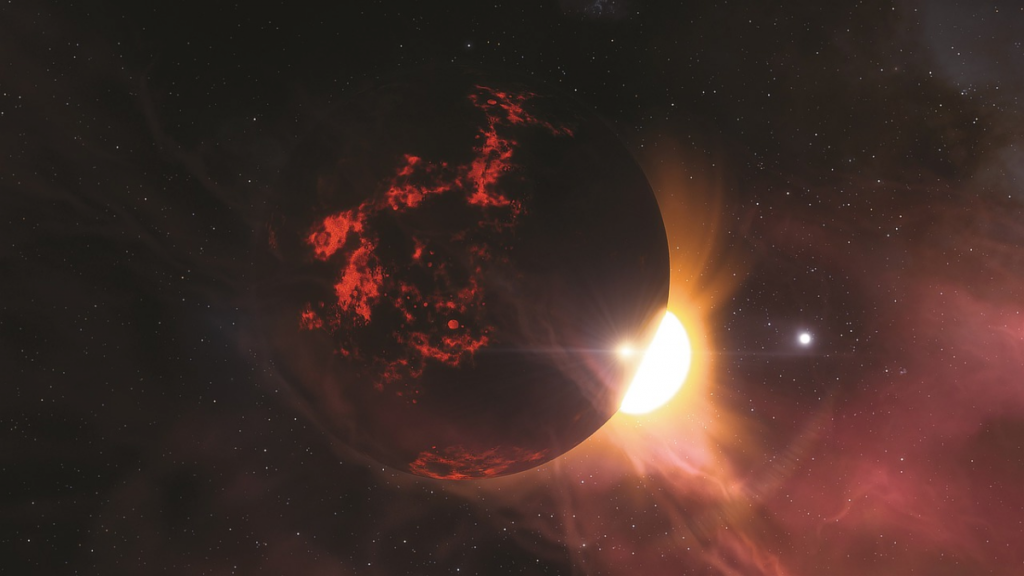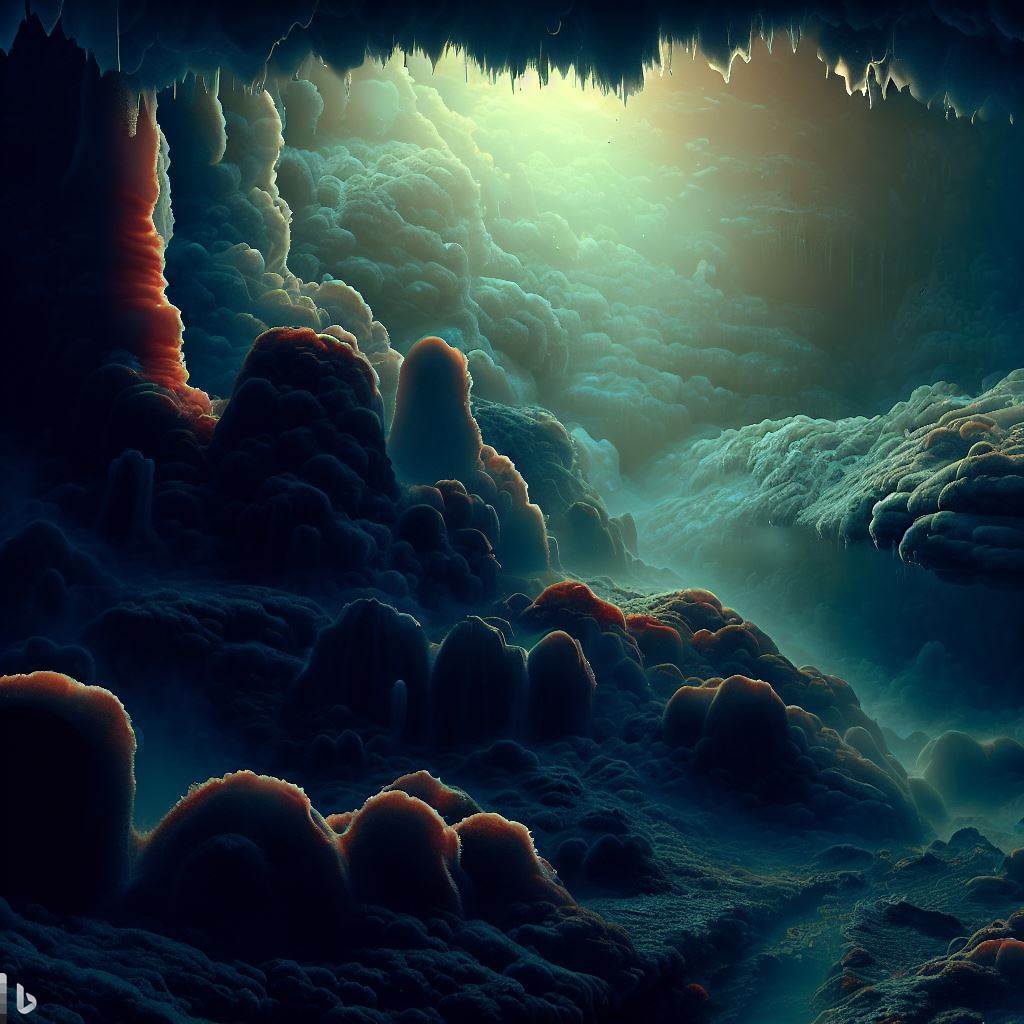Pioneering studies reveal the existence of active, independent underground biomes
In the vast underground, where the sun cannot penetrate, incredible underground kingdoms have been discovered fueled by the mysterious “Dark Oxygen”.
A group of Canadian researchers has provided compelling evidence that microbes in deep aquifers produce large amounts of oxygen, even in the absence of light.
The researchers, led by University of Calgary microbial ecologist Emil Rove, began their research project in 2015 by examining groundwater in Alberta, Canada.
What they found surprised them: Deep water contains more microbial cells than shallow water, and is closer to the sources of nutrients produced by the photosynthesis of plants and algae.
Sample analyzes revealed the predominant presence of archaea, simple single-celled microbes that produce methane.
Moreover, it has been observed that many bacteria in the deepest aquifers feed on methane, but to digest it they need oxygen, which is very scarce in those areas.
Extensive chemical analyzes revealed significant amounts of dissolved oxygen in a water sample taken at a depth of 200 metres.
At first, Emil Rove thought it was an error or contamination in the sample, but further analysis ruled out such possibilities.
Through the use of mass spectrometry, a technique for measuring the mass of atoms, it was found that the oxygen present had a biological rather than geological origin.
This led to the discovery of an earlier study by Professor Mark Strauss, which shed light on how a type of bacteria that feeds on methane can independently produce the oxygen needed to digest this substance.
This process, called catabolism, involves using enzymes to break down nitrate, a compound of nitrogen and oxygen, into its component parts.
The discovery of these subterranean biospheres fueled by “dark oxygen” has profound implications not only for our understanding of life below Earth’s surface, but also for the search for extraterrestrial life.
For example, perchlorate compounds found in Martian soil can be exploited by some terrestrial bacteria to extract oxygen through decomposition.
The same process may be underway on Jupiter’s moon Europa, with its deep ocean ice, and on Saturn’s moon Enceladus, which shows jets of water vapor from a subterranean ocean.
It is revealed that the depths of the Earth, whether on our planet or elsewhere in the solar system, are becoming richer and more complex than previously thought, opening new avenues for scientific research and understanding of life in the universe.
The discovery of these subterranean worlds fueled by “dark oxygen” reveals a wonderful world hidden beneath the Earth’s surface.
These new biospheres challenge our previous assumptions about the limits of life and provide insight into the habitability of extreme environments.
The Canadian team’s research sheds light on a thriving and diverse ecosystem that lives deep underground.
The presence of large numbers of microbial cells in the deeper aquifers, compared to the more superficial layers, surprised the scientists.
These microbes, especially archaea, which are simple single-celled organisms capable of producing methane, have been found to co-exist with bacteria that depend on methane as an energy source.
Particularly interesting is the finding that many of these methane-consuming bacteria need oxygen to digest methane—a resource that’s usually scarce in deep aquifers.
Chemical analyzes of water samples taken from a depth of 200 meters revealed the presence of large amounts of dissolved oxygen.
Further investigations were initially met with skepticism, and confirmed that the detected oxygen was indeed of biological origin.
The key to this puzzle lies in a process called catabolism, which some bacteria use to produce oxygen during the decomposition of nitrate, a compound made up of nitrogen and oxygen.
This discovery builds on previous studies by Professor Mark Strauss, who observed a specific group of bacteria capable of generating oxygen through decomposition in lake sediments and wastewater.
The implications of this groundbreaking discovery go far beyond understanding underground life on Earth. It also has major implications for the search for extraterrestrial life.
For example, perchlorate compounds on Mars are likely to be used by some terrestrial bacteria to produce oxygen through similar breakdown processes.
In addition, this process may occur on Jupiter’s moon Europa, with its deep ice-covered ocean, as well as on Saturn’s moon Enceladus, which shows jets of water vapor emanating from a subsurface ocean.
Exploration of these subterranean worlds, whether on our own planet or elsewhere in the solar system, continues to reveal the amazing diversity and resilience of life.
These findings challenge our preconceived notions and raise new questions about the habitability of environments previously thought to be inhospitable.
As scientists delve deeper into the mysteries of Earth’s interior and explore the possibilities of life beyond our planet, the frontiers of our understanding are constantly expanding, heralding a new era of scientific exploration and discovery.
Scientific article link: https://www.nature.com/articles/s41467-023-38523-4
Post Views: 20,962

“Internet trailblazer. Travelaholic. Passionate social media evangelist. Tv advocate.”







More Stories
Humanity will have to leave Earth in order not to become extinct. This is a terrible future
If you want to improve your gut health, include these 8 foods in your daily diet (not just miso).
The comet’s star is visible to the naked eye after a few months. “A show you can’t miss.”